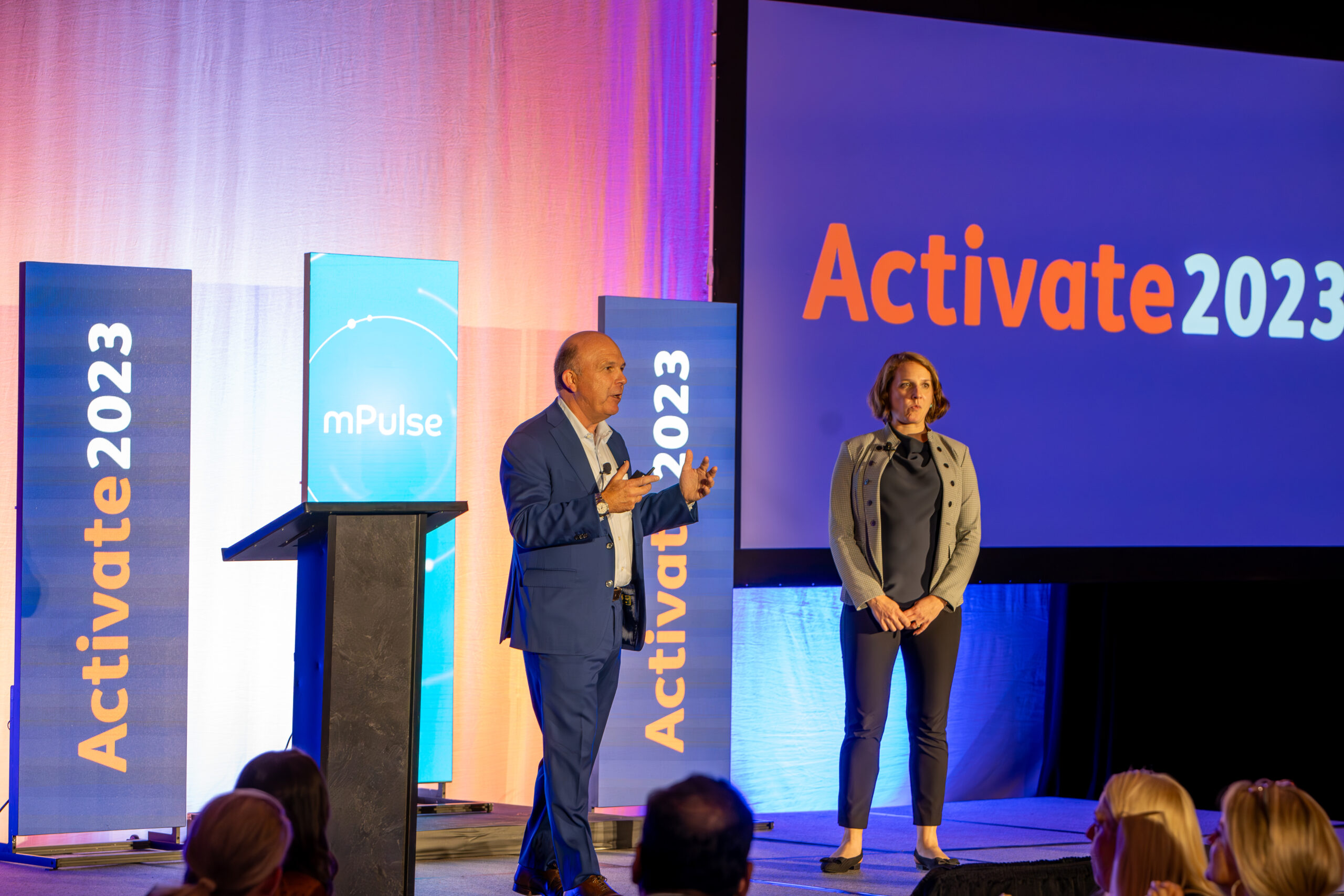$7 billion is saved annually from preventive health services, yet only 8% of Americans are attending all recommended preventive care visits. In a perfect world where all Americans received the preventive care they need, we’d be saving over $87 billion annually.
Diseases such as diabetes, cardiovascular disease, and cancer cause 7 in 10 American deaths every year and account for 75% of the nation’s health spending. It’s forecasted that by 2030 the United States will spend $6.8 trillion on healthcare annually.
Health plans are deeply familiar with the value of preventive care and continually invest time and money into programs and services that are designed to activate their members to attend important visits. Unfortunately, preventive screenings and care access plummeted throughout the pandemic and as a result, have become an even more important focus area going into 2023.
How do you solve the challenge?
Throwing money at a one-size-fits-all approach won’t move the needle. Your members are complex human beings with unique differences that require health engagement solutions that address their individual needs and preferences. Investing in a tailored gaps in care solution that helps target, identify, educate, and address each member’s barriers and preferences will yield better health outcomes at scale.
We’ve curated a checklist of key considerations that should be consulted when needing to close care gaps and achieve better health outcomes.
1. Implement a Frictionless Communication Approach
No two members are the same and how we communicate with each member should reflect that understanding. Building solutions that leverage an omnichannel approach enables you to reach more members in the ways they prefer. A study from 2021 found 85% of members prefer receiving text message updates from their health plan and providers compared to email, phone calls, or portal messages. On top of awareness, building motivation is just as critical.
Enter Behavioral Science. Behavioral Science uses principles from neuroscience, psychology, and economics to encourage and empower members to act. By embedding these scientifically proven techniques within member communications and outreach, you’ll see improved compelling outcomes for preventive care visit completions.
Case Study: Over 5,000 New Preventative Screenings Completed
A leading Medicaid MCO partnered with mPulse Mobile to improve screening rates by enhancing previous outreach methods (mail, phone, and paid advertisements) with the addition of SMS text messaging. The program was run in both English and Spanish translation, using a combination of powerful behavioral science techniques and rewards incentives to drive members to attend needed screenings while uncovering and addressing key barriers such as transportation assistance, live agent scheduling support, and more.
As a result, 48% of targeted members completed their screenings. A prior opt-in approach enabled reach rates to exceed 80%.
2. Build Health Literacy
While creating awareness is the first step, educating members on why screenings are important, and helping them feel prepared for their visit is equally as vital. Think about it: if you don’t understand why you need to go to the doctor for something that doesn’t feel like it’s an issue, why would you spend the time and energy voluntarily going to that appointment? Providing members with educational tools designed to build knowledge and confidence will increase the likelihood that they’ll take action.
Case Study: Streaming Health Education Triples Engagement
 In partnership with a leading Medicare Advantage plan, mPulse Mobile launched an A/B testing program that sent messaging to members notifying them it was time to get their annual diabetic eye screening. The test group was divided in half, with group A receiving SMS messages only with a link to schedule their exam, and group B receiving the same message with a link to watch a 60-second educational video about the risks of not receiving routine diabetic eye screenings.
In partnership with a leading Medicare Advantage plan, mPulse Mobile launched an A/B testing program that sent messaging to members notifying them it was time to get their annual diabetic eye screening. The test group was divided in half, with group A receiving SMS messages only with a link to schedule their exam, and group B receiving the same message with a link to watch a 60-second educational video about the risks of not receiving routine diabetic eye screenings.
The results boasted a 274% increase in link clicks to schedule the eye exam when the streaming health video was used versus when it was not used.
Knowledge certainly is power. Building confidence to act using cinematic streaming experiences in undoubtably an impactful way to ignite outcomes.
3. Overcome Barriers and Create Accessibility
Factors such as income status, education level, location, access to reliable transportation, and race and ethnicity all play a significant role in accessibility to preventive care services as well as likelihood of receiving said care. Racial and ethnic minorities, particularly Hispanic and African American members, have statistically lower screening rates than white members for cervical, breast, and colorectal cancer screenings. To solve barriers for members with health disparities, you must first identify their barrier and how you can help overcome it.
By deploying multilingual omnichannel solutions, you can directly ask members what is keeping them from attending their preventive visit. Their response can determine next steps, while a customized call-to-action helps them overcome the barrier.
Case Study: HEDIS® Measure Improvement
A Medicaid plan located in the Midwest partnered with mPulse to drive improved screening rates across multiple preventive care topics. Over 81 unique dialogs were deployed using dynamic tailoring that examined each member’s engagement rate, communication preferences, and socioeconomic data. The campaign positively impacted all targeted measures, and saw the following percentage point (pp) improvement rates:
- Well Child (years 0-11): +13.3pp increase
- Adolescent Well Care: +9.8pp increase
- Dental Visit: +8.8pp increase
- Lead Screening: +9.5pp increase
- Breast Cancer Screening [BCS]: +12.6pp increase
- Colon Cancer Screening [CCS]: +11.5pp increase
4. Continually Optimize Outcomes
Because each member population is unique, the ongoing refinement of programs through data analysis and performance reviews will continually optimize outcomes. With a dedicated team of strategists, analysts, industry leaders, and both client and technology support experts, mPulse Mobile will help drive better preventive screening completions for your members.
In Summary
As we head into 2023, plans will need to implement innovative solutions to increase preventive care visit completions. By leveraging omnichannel communication, educational tools and streaming experiences, and proactively addressing and helping members overcome barriers, we can begin empowering member action at scale.













